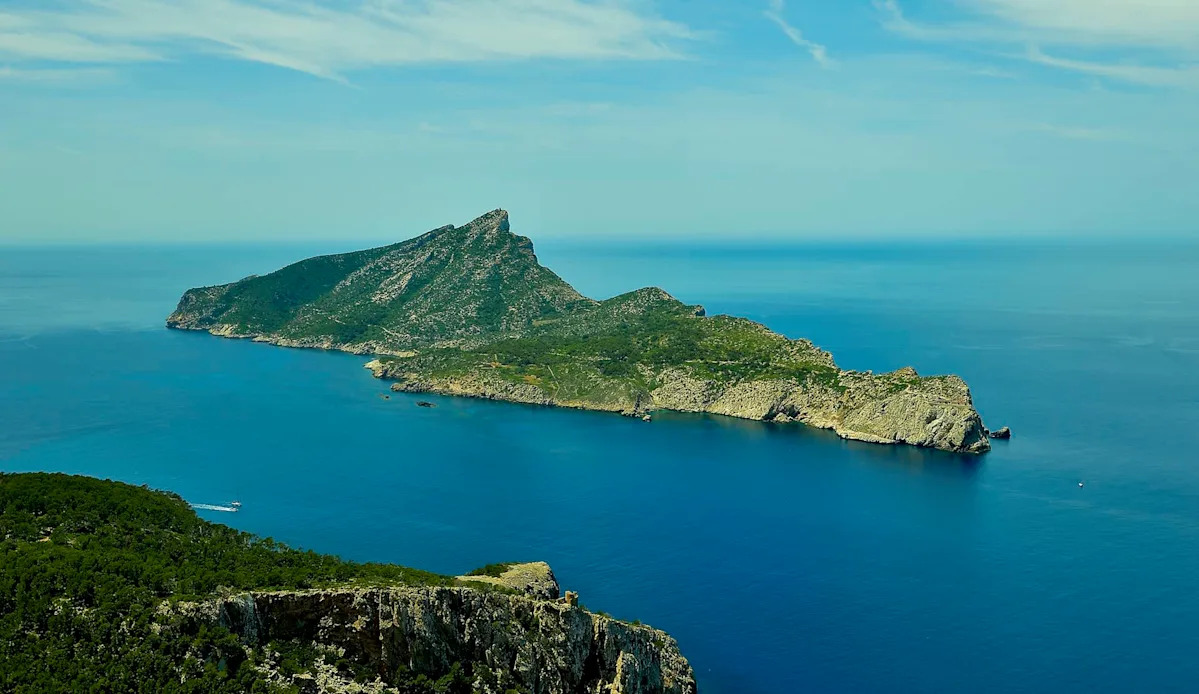Sa Dragonera Natural Park hosts an array of species native to Mallorca, though the recent discovery of a non-native snake may threaten the existing ecosystem.
What’s happening?
According to Euro Weekly News, an invasive horseshoe whip snake was located in the nature preserve on this Spanish island.
“The detection, made in late April via a camera trap used to monitor nests of the critically endangered Balearic shearwater (Puffinus mauretanicus), has prompted swift action from the Balearic environmental authorities,” Euro Weekly News reported.
To make matters worse, those shearwaters, a type of seabird, face a risk of further endangerment if they come into contact with the horseshoe whip snake.
Why is the invasive snake concerning?
“Invasive snakes pose a serious threat in island ecosystems like this one, where a single species can cause irreversible ecological imbalance,” said the Natural Environment and Forest
Management, per Euro Weekly News.
Watch now: Giant snails invading New York City?
Invasive species refer to animals, plants, or any kind of organisms that pop up in areas where they do not belong. The issue arises when these invasive species make homes in places where they have no natural predators; they can beat out endemic species for food, sunlight, or other nutrients, throwing off the natural balance and sometimes decimating the native species. In turn, this can lead to entire ecosystems collapsing — putting food supply and water quality at a huge risk.
Across the globe, invasive animals wreak havoc on natural environments. In California, an Argentine tegu lizard was spotted in the wild, which many assumed was an escaped pet.
For the Balearic shearwaters, as well as the endangered Balearic lizards that call Sa Dragonera home, this invasive snake has the potential to cause the end of entire populations.
What’s being done about this invasive spotting?
In response to the snake sighting, environmental government agencies, alongside Sa Dragonera Park management, have begun an immediate action plan to find any horseshoe whip snakes and have them removed.
“The action plan includes the deployment of 95 georeferenced traps,” Euro Weekly News reported. “All traps will be regularly monitored by trained technicians and discreetly placed away from public paths.”
Hopefully, with the direness of the situation, the invasive snakes will be dealt with quickly, and the native species can continue to thrive.
Join our free newsletter for good news and useful tips, and don’t miss this cool list of easy ways to help yourself while helping the planet.
